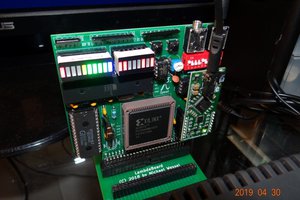SID 8580 R5 - Golden Axe by Jeroen Tel:
SID 6581 R4 - In Concert. Just playing a selection of great SID songs on the Speak&SID:
MIDI IN Synth Demo - Playing the SID and AY-3-8912 in parallel via a MIDI keyboard. The "synthesizer program" is running on the CPC, not the Speak&SID firmware:
Second SID Player Demo - Line Out Recording and LED "Lightshow":
First PCB Version & SID Player Demo:
CPC MIDI IN SID + AY Synthesizer - with a MIDI breakout board it turns the CPC into a powerful SID+AY MIDI IN Synthesizer:
Breadboard Prototype - First SID BASIC Test:
Breadboard Prototype - Amstrad SSA-1 Emulation Test:
A Speech Synthesizer, SID Soundcard, and MIDI IN SID+AY Synthesizer for the Amstrad CPC
Speak&SID plugs into the expansion port of the CPC, and is a M4-compatible expansion card. A cable or a CPC expansion board backplane (such as the Mother4X or the LambdaBoard) is recommended, and in fact required in case more than one expansion card is being used. Else, a simple 50pin IDC ribbon cable will do as well.
This CPC expansion board offers:
- A SpeakJet-based speech synthesizer, featuring a native SpeakJet-based mode as well as a SpeakJet-based emulation of the classic Amstrad SSA-1 speech synthesizer from 1985.
- A sound synthesizer utilizing the fabolous SID (Commodore 64) soundchip. Speak&SID CPC can use the original 6581, the 8580, as well as modern re-implementations of the SID chip such as SwinSID or ARMSID. To use the 6581, supply 12 V with positive center polarity over the Speak&SID power barrel jack using a stabilized low noise (preferably linear) DC power supply; for the 8580, 9 V are required. No extra PSU is needed for SwinSID or ARMSID.
- A general purpose multi-IO expansion, featuring a Serial Interface (UART), a SPI Interface, an I2C Interface, as well as 4 digitial general purpose input/output ports (GPIOs). The 4 rightmost LEDs of the LED Segment Bar shows the status of the 4 GPIO outputs. Notice that Speak&SID supplies pin headers for GPIO, UART, SPI, and I2C.
- A MIDI IN realtime SID+AY synthesizer. With a 10 $ MIDI breakout board connected to the UART pin headers, and the CPC running a machine code program, Speak&SID turns the CPC into a powerful and versatile SID and AY MIDI IN synthesizer.
Firmware updates to the CPLD can be acomplished "in system" by using the JTAG header; the ATMega microcontroller can be updated with a ISP USB programmer such as USBtinyISP connecting to the SPI headers via Dupont cables.
Some Pictures
Some YouTube Videos
- Second SID Player Demo - Line Out Recording and LED Lightshow
- First PCB Version & SID Player Demo
- CPC MIDI IN SID+AY Synthesizer
- Breadboard Prototype - First SID BASIC Test
- Breadboard Prototype - Amstrad SSA-1 Emulation Test
License
GPL 3
Speak&SID Hardware Overview
The main components are:
- Microcontroller: ATMega 8535 @ 16 MHz. Role: Brain of Speak&SID. Controls the SpeakSet, UART, SPI, I2C, GPIO, and implements the Amstrad SSA-1 emulation.
- CPLD: Xilinx 9536. Role: Address decoding, SID control and 1 MHz clock, glue logic functions.
- Speech chip: SpeakJet. Role: speech synthesis and sound synthesizer.
- Sound chip: SID 6581 or 8580, SwinSID, or ARMSID, or..... Role: sound chip for awesome SID tunes!
The source code for the CPLD and the ATMega are provided here, and HEX / JED firmware files as well.
CPC Speak&SID has two reset buttons: one for resetting the Speak&SID, and one for resetting the CPC.
CPC Speak&SID has two trimmers / potentiometers; the left potentiometer controls the volume / signal level of the SpeakJet chip, the other one controls the SID volume level. The signal stereo routing is determined by the 10 DIP switches, see below.
The sound comes out of the audio stereo jack. The left/right channel can be assigned individually (SpeakJet / SID). Also, a DIP switch determines whether the determined left or right channel audio is fed back into the CPC to be heard ...
Read more » Michael Wessel
Michael Wessel





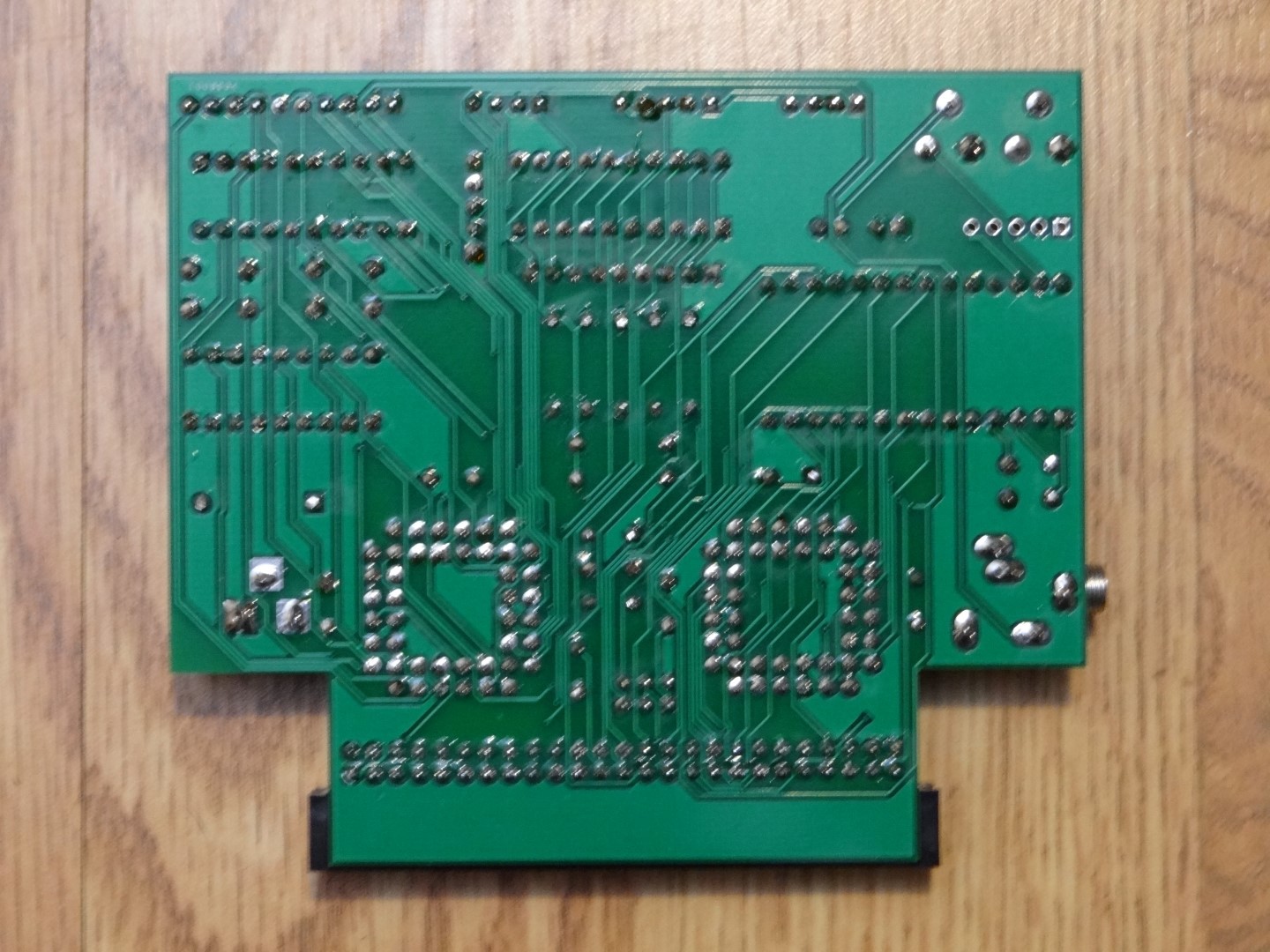
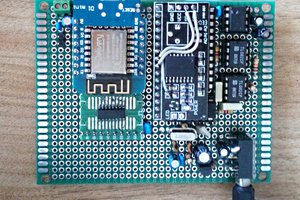
 Emilio P.G. Ficara
Emilio P.G. Ficara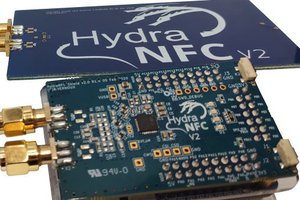
 Benjamin Vernoux
Benjamin Vernoux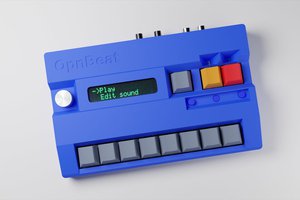
 Hiro Akihabara
Hiro Akihabara